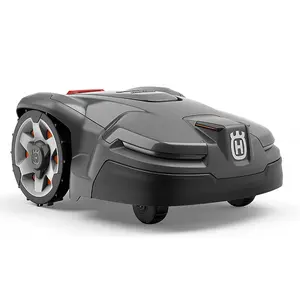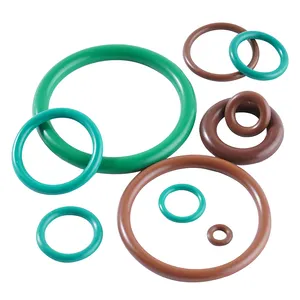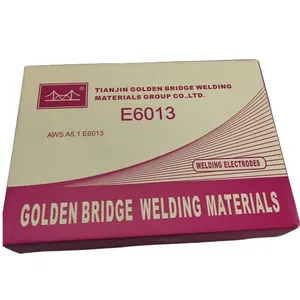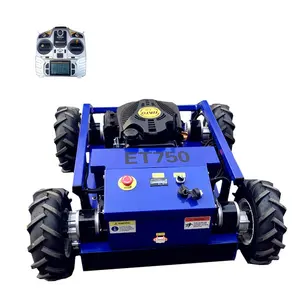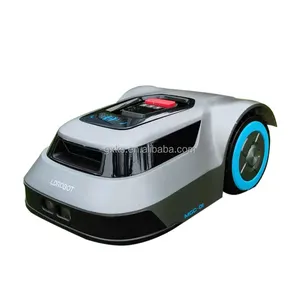Popular in your industry
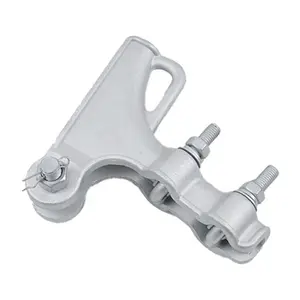


















































































































































































































Top categories
About clevis end
Clevis End: An Overview
The clevis end is a versatile component commonly utilized in various mechanical applications. This pivotal hardware piece is designed to connect with other elements, such as rods, chains, and cables, to form a pivot or attachment point. The clevis end's unique U-shaped structure, typically accompanied by a clevis pin, allows for a secure yet flexible linkage.
Types and Applications
Clevis ends come in several types, each tailored to specific applications. The utility of a clevis end extends from industrial machinery to agricultural equipment, and even to the aerospace industry. In the realm of construction, clevis ends are integral in creating stable connections for structural supports. Their adaptability also makes them suitable for non-permanent solutions where adjustments or disassembly may be required.
Material and Design Features
The construction of a clevis end typically involves robust materials such as stainless steel, carbon steel, or alloy steel, ensuring durability and resistance to wear. The design of a clevis end is engineered to withstand heavy loads and stress, which is critical in safety-critical applications. Precision in the manufacturing process is paramount to ensure that each clevis end meets the exacting specifications required for its intended use.
Advantages of Clevis Ends
The advantages of using a clevis end are manifold. Their design allows for quick assembly and disassembly, which is essential for maintenance and repair operations. The clevis end's ability to pivot makes it ideal for applications where angular movement is necessary, providing both strength and flexibility. Additionally, the standardized sizing of clevis ends facilitates compatibility with a wide range of accessories and fittings.
Selection Considerations
When selecting a clevis end, it is crucial to consider the load requirements, environmental conditions, and the type of movement it will accommodate. Factors such as corrosion resistance, tensile strength, and temperature tolerance are also important to ensure that the clevis end performs optimally in its specific application.
Integration with Other Fastening Solutions
While the clevis end is a reliable fastening solution, it is often used in conjunction with other hardware such as cotter pins, anchor bolts, and toggle bolts. This integration ensures a secure and stable assembly, vital in both static and dynamic applications. The clevis end's compatibility with various fastening systems makes it a versatile choice for complex assemblies.

